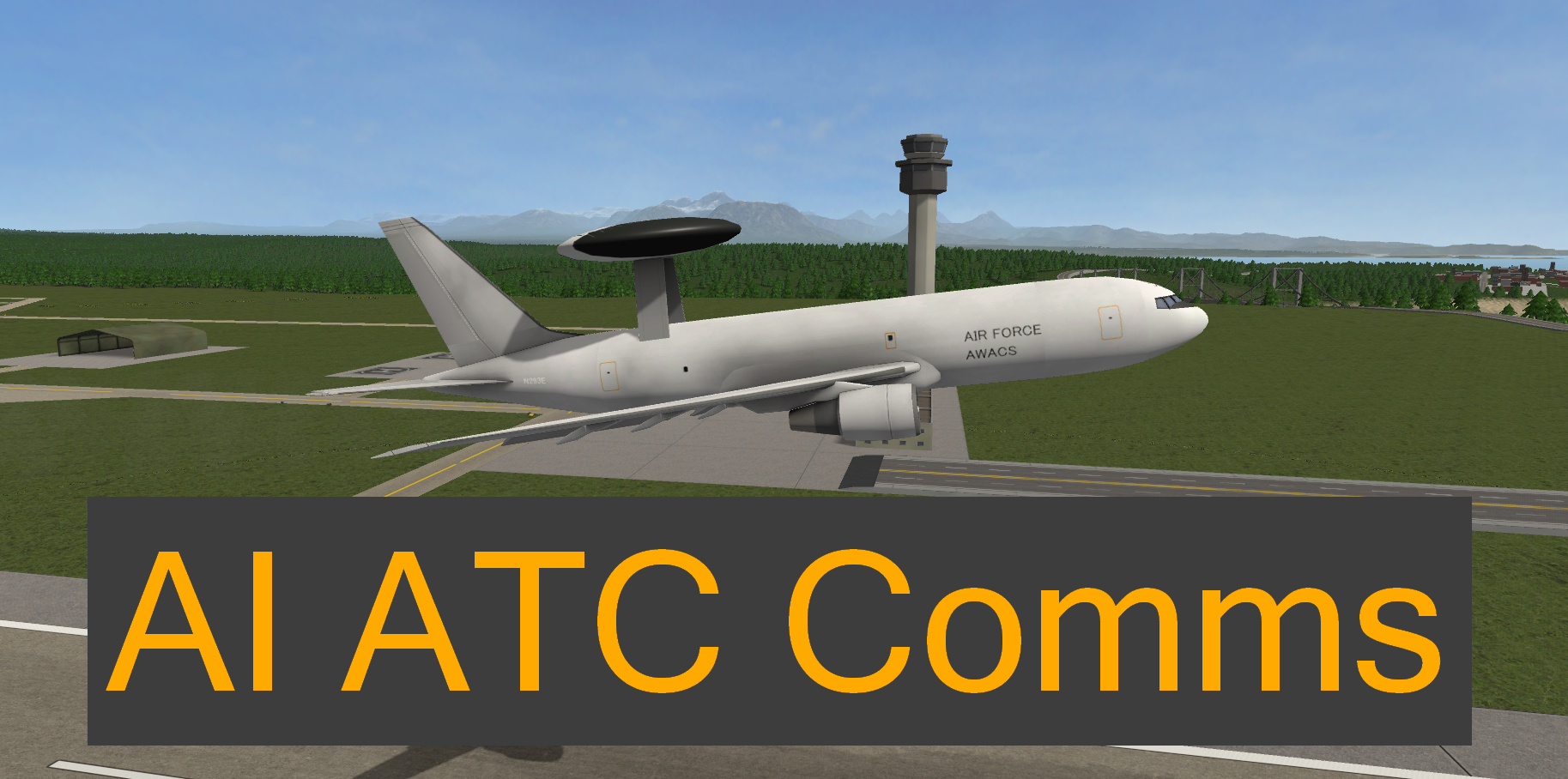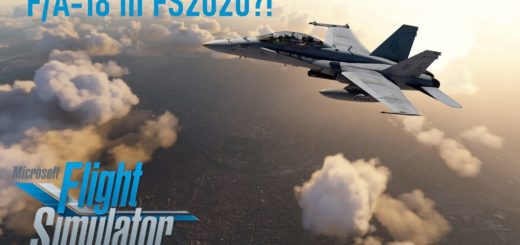

This is usually done with the phrase: "callsign, contact station on frequency". If more than one controller is manning an area, the first controller should tell the pilot to contact the second controller when the airplane is about to enter the airspace of the latter. as an exception to the rule above, Tower controllers often act also as Approach controllers for the respective airports.a controller filling a particular position also fills the positions below him/her (the one listed before in the table above) if no one else is covering it for example, if EGKK_TW (a Gatwick Tower Controller) is online, but there is no EGKK_GN, the Tower controller acts also as Ground controller.Since there are not many ATCs in FlightGear, often a single controller fills more than one position. At large airports, multiple controllers may man the same positions.For example, LFFF_CT is France Center, and LFFF_FS is the France Flight Service Station. Center controllers also have ICAO identifiers, but they are not for one airport, but for a larger area.For example, London Gatwick is "EGKK" so a Gatwick Tower Controller would log-in as EGKK_TW.
#TUNE ATC RADIO TO GROUND CODE#
The "xxxx" in the table replace a code used to identify the area that controller is using these are known as ICAO codes and can be found on the Airport Codes list.


They control the plane while en route, and get it from X to Y safely, until it can be instructed to descend and given to the approach controller. Coordinates closely with the approach controller to prevent collisions.Ĭenter (sector) controllers own all airspace not controlled by APP/DEP or TWR.
#TUNE ATC RADIO TO GROUND FREE#
This position is rarely used, except at busy airports it handles all the departures and hands them off to CTR, leaving the approach controller free to handle only arrivals. Ensures that aircraft is adequately separated. Handles all aircraft leaving or arriving at an airport, until they are established on the ILS/have the runway in sight (then gives the plane to TWR) or are leaving their airspace to continue their flight (then hands them off to CTR). Controls the inactive runways, but does not control the active ones thus, a pilot generally needs to contact Tower to enter or cross them (at some fields, Ground coordinates with Tower and is able to issue runway crossing clearances).Ĭontrols the active runways and the airspace up to 10 NM (nautical miles) from the airport chooses the runways to use clears planes for takeoff and landing, making sure that they are at least 10 NM or three minutes apart.Ĭontrols the airspace up to 30 NM away from the airport, up to 18,000 ft (usually). Issues taxi clearances, assisting pilots if needed. Gives aircraft clearances (authorizations to fly to a destination airport via a certain route).Ĭontrols the movement of aircraft on the ground at an airport (stands, apron, taxiways). Revokes or amends the flight plans as necessary. The roles a controller can assume mirror the ones that a pilot can encounter in "real life" aviation:Ĭhecks flight plans submitted by pilots (or creates them) to make sure no aircraft intersects the route of another one at the same time and that visibility conditions and cruise altitude are adequate.


 0 kommentar(er)
0 kommentar(er)
